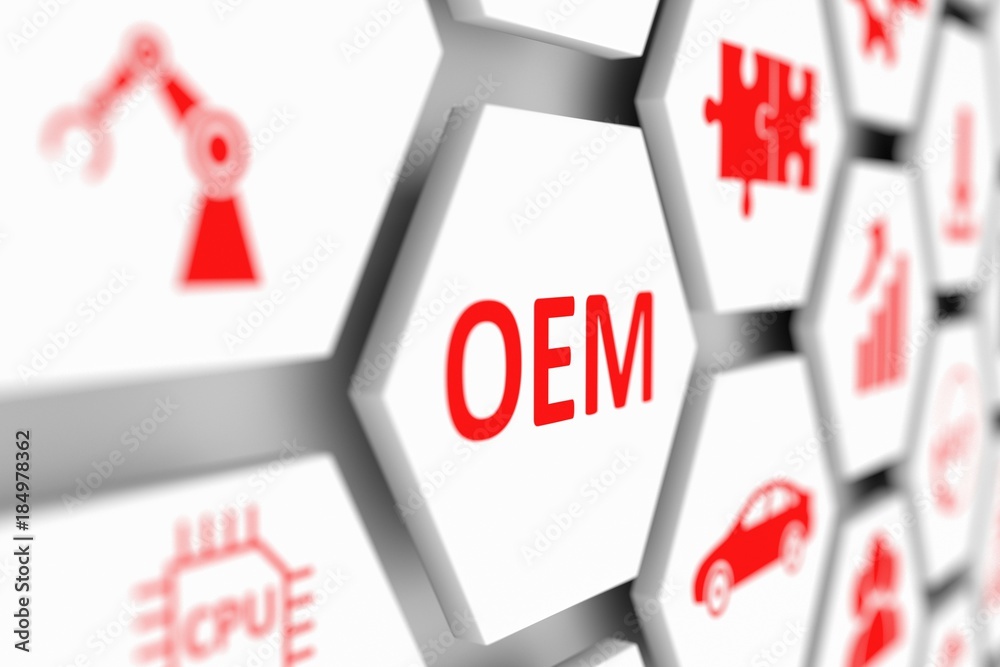Overcoming Issues with Equipment Integration into Manufacturing Processes
This article was originally published on AutomationWorld.com on March 27, 2023.
 Key aspects of equipment integration into the manufacturing process are often overlooked. These machine-to-enterprise integration methodologies and tips will help you create a viable digital integration strategy.
Key aspects of equipment integration into the manufacturing process are often overlooked. These machine-to-enterprise integration methodologies and tips will help you create a viable digital integration strategy.
Manufacturers must have real-time access to information from their processes. Such information can assist users throughout the organization in analyzing, troubleshooting, and suggesting enhancements to improve operations. Following are three frequently overlooked integration aspects that, when implemented, will ensure you have access to the information you need:
- Enterprise historians collect time series data from sensors and processes throughout the entire operation, facilitating day-to-day troubleshooting and compliance maintenance in regulated industries. By leveraging artificial intelligence (AI) or machine learning (ML) platforms, this data can yield deeper insights, predict future outcomes and recommend adjustments to enhance future outcomes.
- Equipment manufacturers often offer recipe systems that enable efficient and precise setup of equipment. Granting access to the recipe parameters empowers end users to manage all their equipment recipes through a unified interface, eliminating the need to handle each asset independently.
- Overall equipment effectiveness (OEE) is a widely used metric to identify capacity and quality improvement opportunities. By exposing machine state and production counters, integrating equipment into a plant wide OEE system becomes straightforward.
To enable these integration types, key process and operational data should be exposed through an open industry standard, allowing end users to integrate OEM equipment into an Industrial Internet of Things platform. There are two prevailing communication methods for equipment integration into enterprise communications: OPC UA and MQTT. While there is an industry debate as to the best architecture, it is simple for original equipment manufacturers (OEMs) to offer options for both protocols…
Continue Reading the Full Article on AutomationWorld.com
